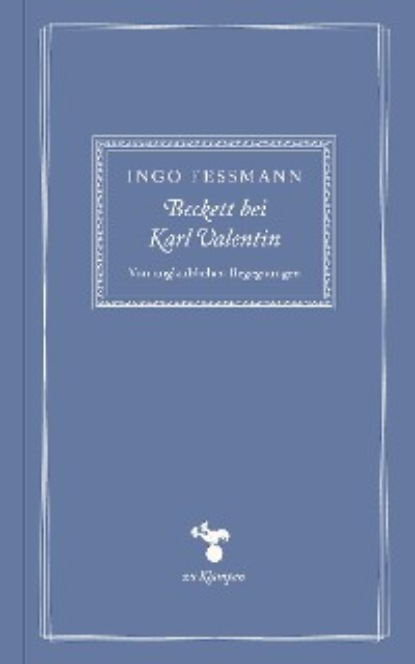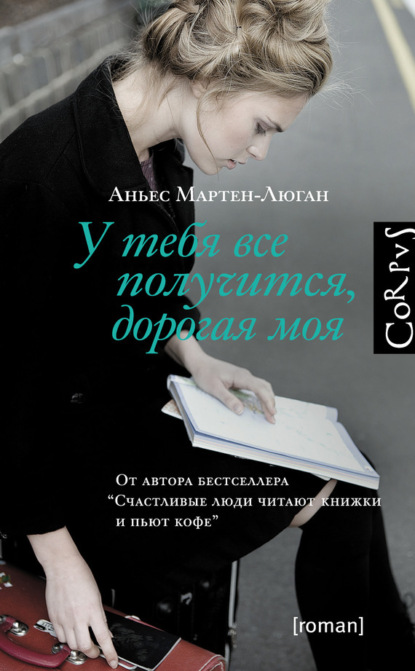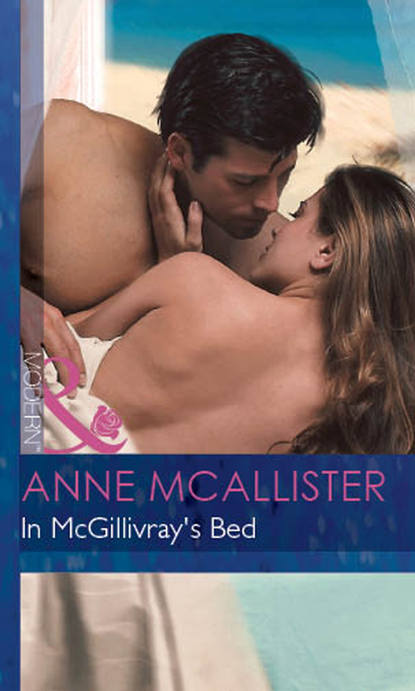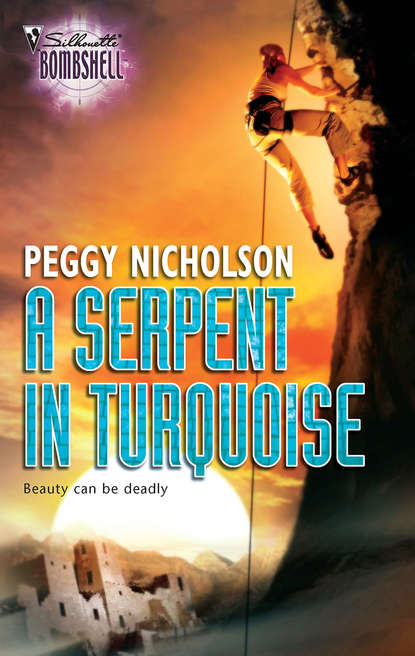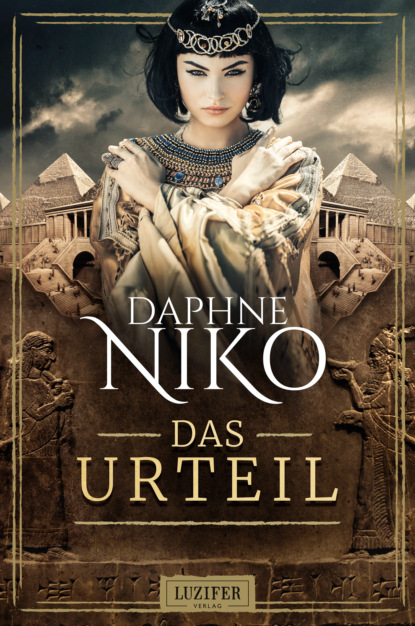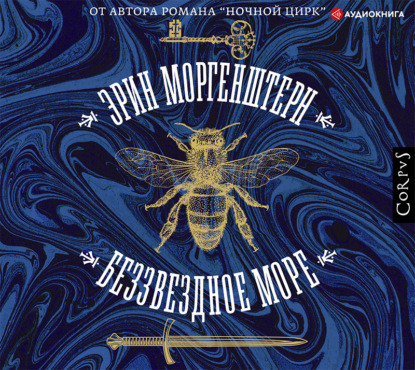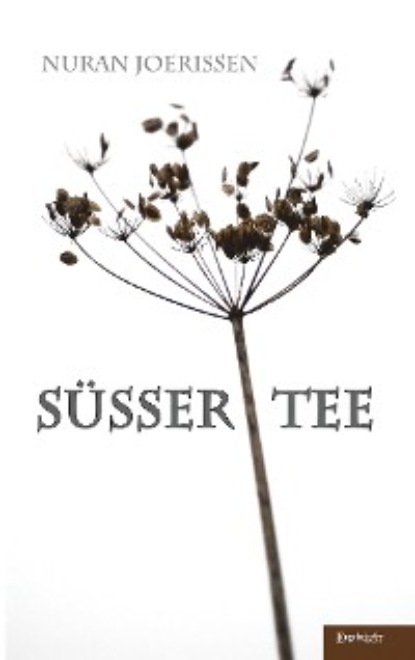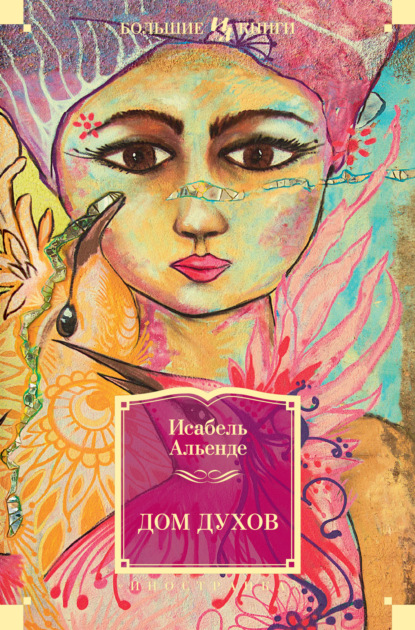Ingo Fessman's book "Beckett at Karl Valentin" tells the story of several significant historical moments involving the world-renowned writers George Orwell, Boris Pasternak, and Henry Miller. These artists were living or working in different parts of Europe at the time the stories are told. They reflect the true spirit that lies behind literature, exploring and providing insights into the mysteries of their lives. Their journeys, one day unexpected, led to all kinds of encounters—between painters, poets, playwrights, novelists, dancers, philosophers, politicians—who became famed for their contributions and places in history.
In May 1885, Vincent van Gough saw Max Liebmann's painting "The Big Blea "in Paris. Liebman had painted this during his holidays in the Dutch village of Zweelo. Van Gough was so fascinated by it that he decided to go there and visit its author. However, he didn't find Liebman there during those summer vacations, so he took the opportunity to draw the village church and the apple tree which can also be found on his painting. In 1909, Liebma purchased van Gogh's "Poppy Field" and later on sold it to the director of the Bremer Kunstgalerie. As a result, they had a chance to meet and talk to each other, though it was only an imaginary dialogue. The other encounters described in this book actually took place, although sometimes they seem unlikely: Here, Beckett meets Karl Valentin. Kafka meets Gabriella d'Annunzio. Simone de Beaurvore meets Baradot. Dante meets Giotto. Caspar David Fries meets Kleist. Virginia Woolf meets Churchill. Goethe meets Mozart —All of them tell that Ingo Fannen is brilliant and entertaining in his storytelling, which chronicles such noteworthy occasions and fills us with a small European history of culture.
В мае 1883 года Винсент ван Гог в Париже увидел картину Макса Либермана «Большая стирка». Во время своего отпуска в нидерландской Званке он нарисовал её. Ван Гога так вдохновило это полотно, что он тут же решил отправиться в Званку, чтобы посетить живописца, которому он восхищался. Однако он не застал его на месте и быстро вернулся в город. Там он успел нарисовать деревенскую церковь и дерево, которое вы и сами видите на картине Либермана. В 1900 году Либерман купил «Поле маков» ван Гога и вскоре преподнёс в дар директору Бременской художественной галерее ещё одно его творение для создания первого музея ван Гогу. Таким образом возник диалог, правда, только в мыслях. Остальные встречи, описанные на страницах этой книги, настолько мифические, что некоторые читатель могут посчитать их вымыслом: Беккет и Карл Валенте, Кафка и Габриэла д’Аннунцио, Симон де Бовуар и Бардо, Данте и Гийот, Каспар Давид Фридрих и Клейст, Вирджиния Вульф и Черчилль, Гёте и Моцарт. Об этих знаменательных собраниях рассказывает Инге Фессман увлекательно и забавно, а его миниатюрные записи представляют собой европейскую историю культурной жизни.
Электронная Книга «Beckett bei Karl Valentin» написана автором Ingo Fessmann в году.
Минимальный возраст читателя: 0
Язык: Немецкий
ISBN: 9783866743120
Описание книги от Ingo Fessmann
Im Mai 1883 sah Vincent van Gogh in Paris Max Liebermanns Gemälde 'Die große Bleiche'. Liebermann hatte es während seiner Ferien im niederländischen Zweelo gemalt. Van Gogh war davon so fasziniert, dass er sich kurz entschlossen auf den Weg nach Zweelo machte, um den von ihm bewunderten Künstler aufzusuchen. Obwohl er diesen nicht mehr in der Sommerfrische antraf, nutzte van Gogh die Zeit, um die Dorfkirche und jenen Apfelbaum zu zeichnen, der auch auf Liebermanns Bild zu sehen ist.1907 erwarb Liebermann van Goghs 'Mohnfeld' und sprang wenig später dem Direktor der Bremer Kunsthalle bei, um den Ankauf eines van Gogh-Gemäldes durchzusetzen. Und so ergab sich schließlich doch ein Dialog, wenn auch nur im Geiste.Die anderen in diesem Band geschilderten Begegnungen sind tatsächlich zustande gekommen, auch wenn sie zuweilen unwahrscheinlich anmuten: Da trifft Beckett auf Karl Valentin, Kafka auf Gabriele d’Annunzio, Simone de Beauvoir auf die Bardot, Dante auf Giotto, Caspar David Friedrich auf Kleist, Virginia Woolf auf Churchill, Goethe auf Mozart.Ebenso geistreich wie unterhaltsam erzählt Ingo Fessmann von solch denkwürdigen Zusammenkünften und schreibt mit diesen Miniaturen eine kleine europäische Kulturgeschichte.
